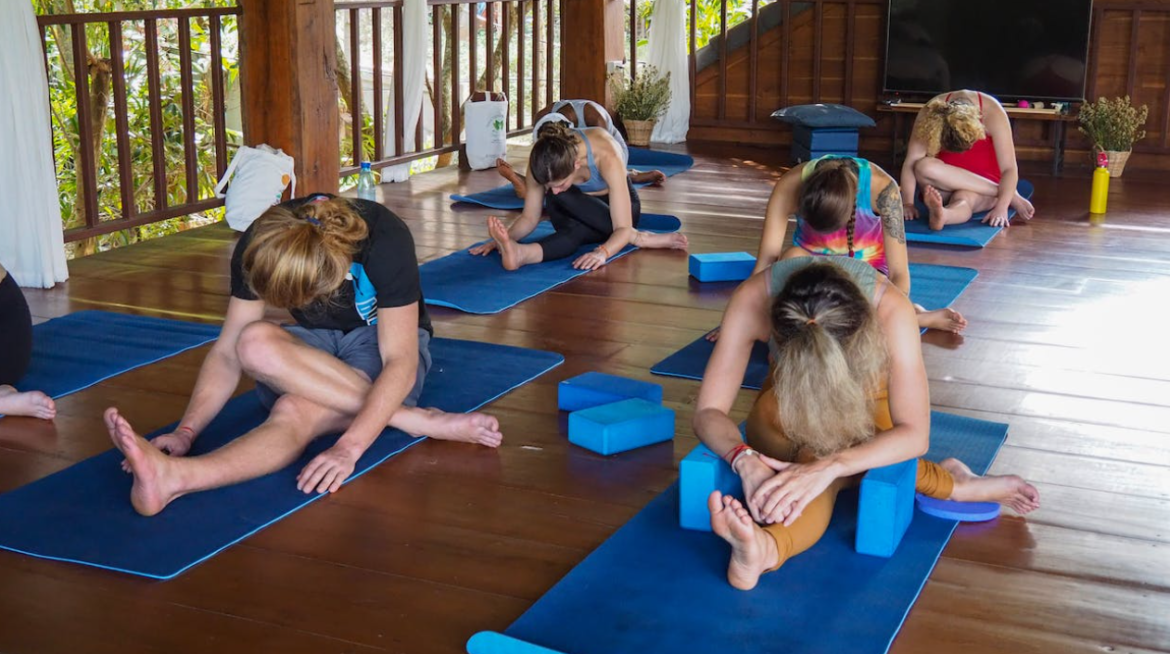
Flexibility exercises, also known as stretching, are a crucial component of any exercise routine. They can help improve range of motion, prevent injury, and even reduce stress. In this article, we will explore the numerous health benefits of flexibility exercises and how they can improve your overall health.
One of the most obvious benefits of flexibility exercises is their ability to improve range of motion. When you engage in stretching exercises, you lengthen your muscles and improve their flexibility. This can help you move more easily and comfortably throughout the day, making it easier to perform daily activities like bending, reaching, and twisting.
Flexibility exercises can also help prevent injury. When your muscles are more flexible, they are less likely to become strained or pulled during physical activity. This can help reduce the risk of injury and improve overall physical performance.
In addition to preventing injury, flexibility exercises can also help alleviate pain and discomfort. When your muscles are tight, they can put pressure on surrounding joints and tissues, leading to pain and discomfort. Engaging in regular stretching can help alleviate this pain and tension, leading to improved comfort and mobility.
Flexibility exercises can also improve athletic performance. When your muscles are more flexible, you are able to move more easily and efficiently, which can improve your overall athletic performance. This can be particularly beneficial for athletes who engage in activities that require a lot of movement and agility, such as running, dancing, or playing team sports.
Stretching can also have mental health benefits. When you engage in flexibility exercises, you are able to focus on your breath and body, which can help reduce stress and anxiety. This can lead to improved mental clarity and a greater sense of calm and wellbeing.
Another benefit of flexibility exercises is their ability to improve circulation. When you engage in stretching, you increase blood flow to your muscles and tissues, which can help reduce inflammation and improve overall circulation. This can be particularly beneficial for individuals who suffer from conditions like arthritis or other inflammatory disorders.
In addition to improving circulation, flexibility exercises can also help improve posture. When your muscles are tight, they can cause you to slouch or hunch over, which can lead to poor posture and even back pain. Engaging in regular stretching can help alleviate this tension and improve your posture, leading to improved comfort and overall health.
It’s important to note that in order to see the benefits of flexibility exercises, it’s important to engage in them regularly. Ideally, you should engage in stretching exercises for at least 10-15 minutes per day, targeting all major muscle groups. This can be done through a variety of stretching exercises, including static stretches, dynamic stretches, and PNF (proprioceptive neuromuscular facilitation) stretching.
It’s also important to engage in flexibility exercises safely. When engaging in stretching, it’s important to avoid bouncing or overstretching, as this can lead to injury. Instead, hold each stretch for at least 15-30 seconds, breathing deeply and relaxing into the stretch.
Flexibility exercises are a crucial component of any exercise routine and can have numerous health benefits, including improved range of motion, injury prevention, pain relief, improved athletic performance, mental health benefits, improved circulation, and improved posture. By incorporating regular stretching into your daily routine, you can improve your overall health and wellbeing, leading to a happier and more comfortable life.